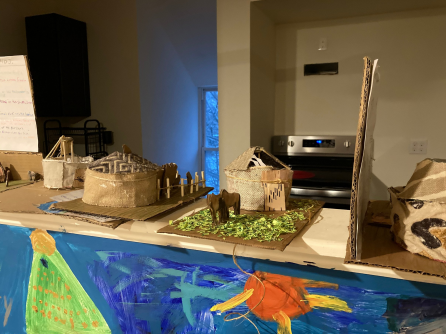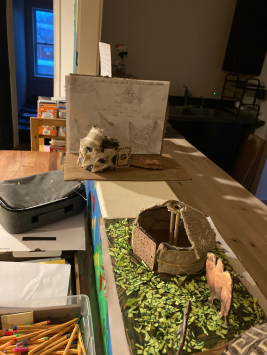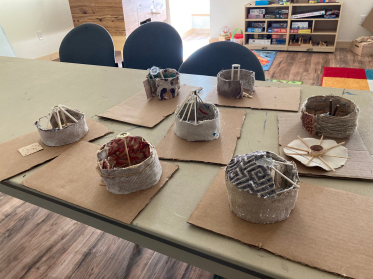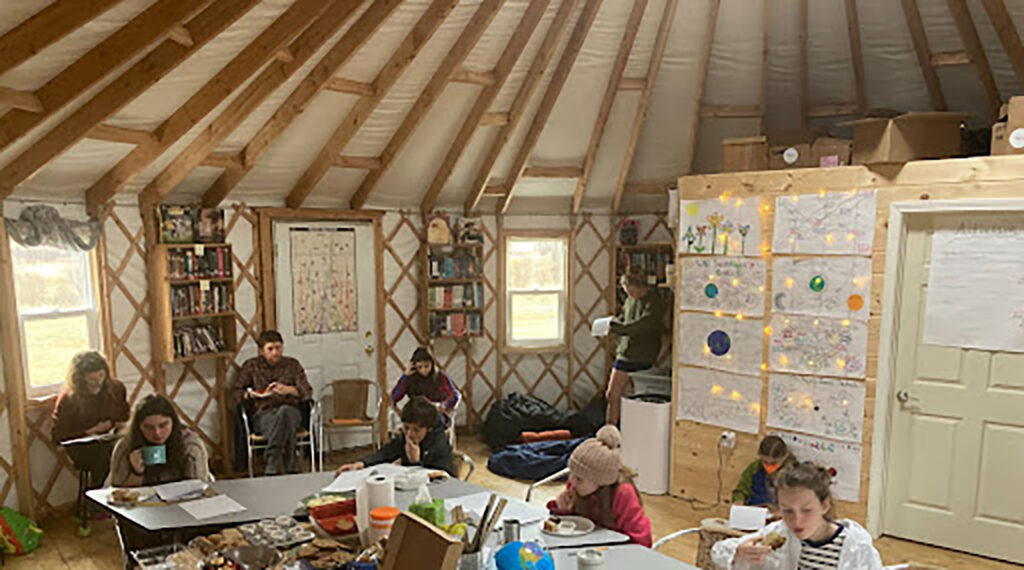Morristown, Vermont is home to one of the schools in the Place Network: Mountain River School. The school recently moved to a new campus complete with yurts! The experience spurred a project for students to discover the history of yurts and their connection to their local environment. Learn more through the eyes of the students, reported by the Student Advisory Committee.
We are representatives from the Mountain River School (MRS) Student Advisory Committee (SAC). We are writing about our class’s latest project, which we have been working hard on. Soon we will be moving to a new campus, with two yurts as our classrooms, and we saw an opportunity to make a local to global connection. We decided to study the origin of the yurt, (which is Mongolia, and the Mongolian name for yurt is Ger) and some other fun facts we hope to share with our parents in a final presentation on opening night!

Photograph: Philip Arneill, National Geographic Society
We have not only studied the origin of the Ger, but in projects we are making dioramas of the traditional Mongolian Ger, with an informational backdrop, that includes all of the research we collected through the project! We began our design thinking process by gathering information for our posters/backgrounds, which included some cool information about Mongolian culture & traditions, history of the Ger, and customs & fun facts!


Then we looked at a map of the world, and located Mongolia, and found that Mongolia and Vermont (our state!) are at the same latitude, meaning that we are the same distance from the equator, which means we have a similar climate. We used this knowledge to our advantage when trying to identify what plants and animals that dwell there, so that we could make an accurate outdoor scene to go with our Gers. Our next step was to start drafting our blueprints for our Ger dioramas. This planning and prototyping was a key component in the design process. Once we completed that task, we split into two groups, one half working on their Gers, and their landscapes, the other half working on the posters/backdrops that go with our dioramas!

Here are some fun facts that we learned:
- Some Gers can be disassembled/reassembled within 30 minutes!
- We learned that the earliest known documentation of a Ger is 3,000 years ago!
- We learned that to harm the hearth in the center of the Ger in any way, is considered a sin! For instance, bringing a knife too close to the hearth, or throwing trash into the fire.


